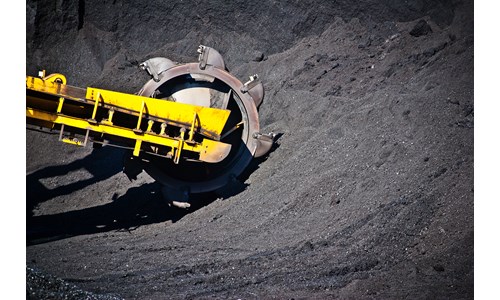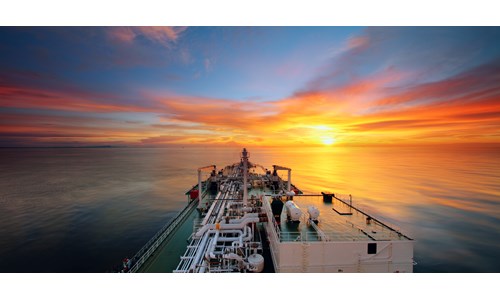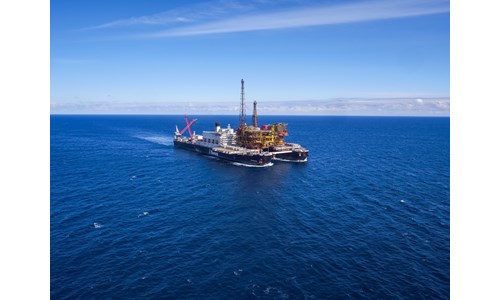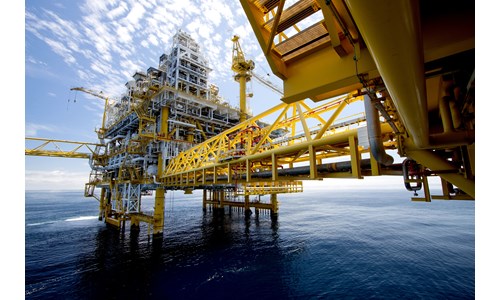An emissions reality check for the UK North Sea
*Please note that this report only includes an Excel data file if this is indicated in "What's included" below
Report summary
Table of contents
- Executive summary
-
UK upstream electrification
- Power market constraints
- Upstream constraints
- Flaring and venting
- Emission-intensive assets
- Increasing reliance on imports
Tables and charts
This report includes the following images and tables:
- Flaring & venting intensities by North Sea producer* (2023)
- Forties field: societal costs by abatement level (0-60%), and impact of no further abatement (0%) on economic cut-off
- Assets with emissions intensity 50% above UKCS average (2023)
- Count of current COP estimates by year of assets with emissions intensity of 30 kgCO2e/boe or more
- UK refinery supply sources by emissions intensity (2022)
- Energy mix of the grid (2022) UK & Norway
What's included
This report contains:
Other reports you may be interested in
Magnus Area
The Magnus Area includes the huge Magnus oil and gas field and Magnus South, which are among the most northerly fields in the UK North ...
$3,720Scope 3 emissions: the growing regulatory and legal risks facing the UK North Sea
UK operators set to face a higher regulatory threshold on Scope 3 than any other country
$1,350Strategic Ventures in the North Sea: adapting and innovating for growth
Is there more to come from the UK North Sea?
$1,350














